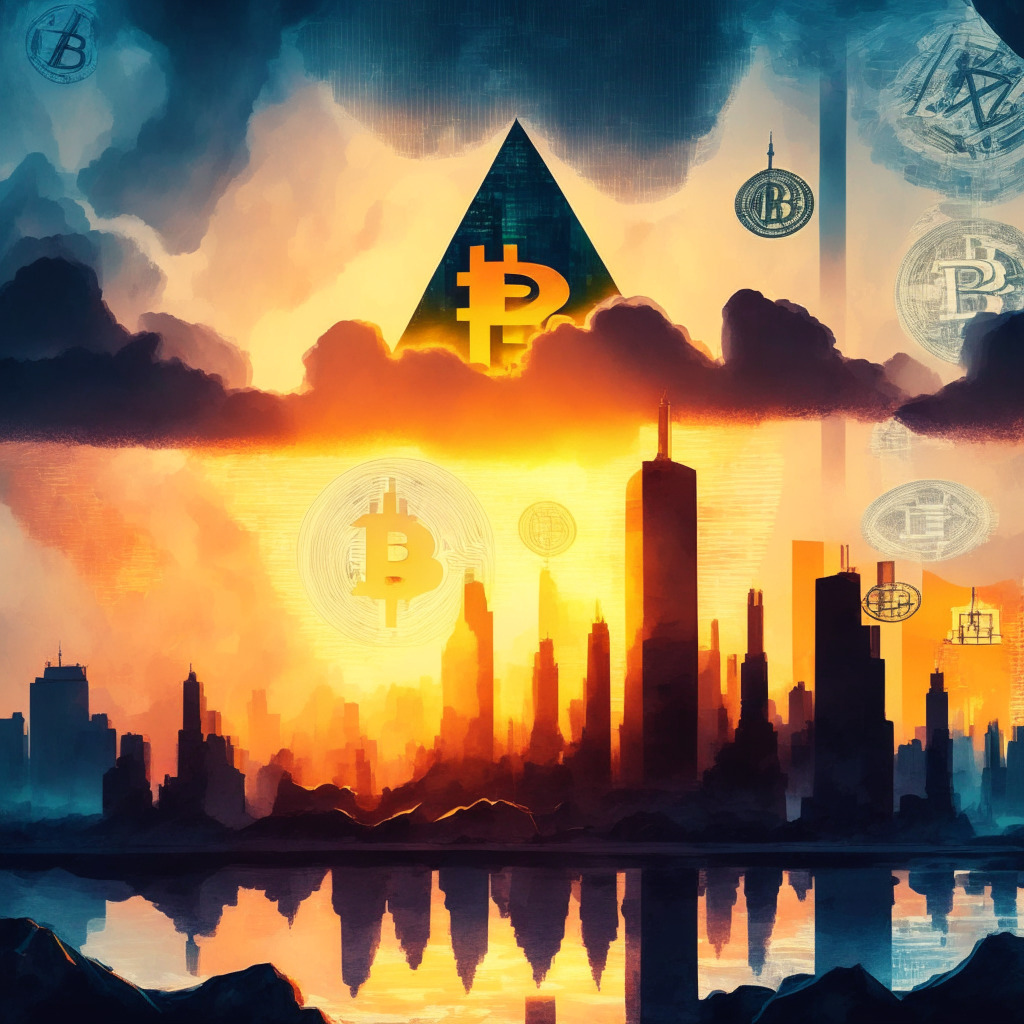In recent weeks, the landscape of the non-fungible token (NFT) market has shifted significantly, as Blend – a lending platform developed by leading NFT marketplace Blur – has taken the industry by storm. Since its release, Blend has been responsible for a staggering 82% of total lending volume across all platforms. In its first 22 days alone, it accumulated about $308 million in trading volume, with total trading volumes across all lending platforms reaching approximately $375 million.
While this explosive growth signifies liquidity and market validation, it also raises concerns about the potential impact on collection prices and the wider market’s maturity. As Sara Gherghelas, a blockchain data analyst at DappRadar, explains, the significant volume can have negative consequences: “High volumes on Blend could increase the price volatility, impacting market stability and making it difficult for traders to predict price movements accurately.”
One key area this shift in the NFT landscape could impact is the relationship between NFT ownership and lending. In the same time period, total NFT market trading volumes reached $466 million, according to DappRadar, and a notable 46.2% of Blur’s total trading volume now comes from lending.
However, alongside this rapid growth comes the issue of wash trading. Since Blend’s launch, Blur’s total value locked (TVL) has risen from $119 million to $146 million, but it is estimated that $19 million of that has been wash traded in the past week alone. Gherghelas argues that these figures raise concerns about the legitimacy of not only Blur’s trading volume but also the entire NFT industry: “It is important for platforms and participants in the market to maintain transparency and avoid engaging in manipulative practices that can mislead market participants, especially if we want a wider adoption of NFTs.”
Blur introduced Blend on May 1, aiming to attract traders who couldn’t afford the high prices associated with blue-chip NFT ownership. However, some collectors have criticized the platform, arguing that new traders may be unaware of changing market trends and could subsequently face liquidity issues when repaying their loans.
Data from Dune Analytics shows that Blur has garnered a trading volume of more than $120 million in the past week, significantly surpassing the nearly $37 million achieved by rival marketplace OpenSea. However, OpenSea currently leads the user count, with nearly 59,000 active members compared to Blur’s 26,000.
As the NFT market continues to evolve, it is essential for industry participants to approach lending and trading with caution. The growth of platforms like Blend sheds
Source: Coindesk




